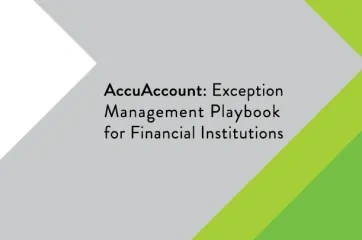Collateral perfection is a process that financial institutions go through to protect their ability to take ownership of collateral in the event of default. Maintaining proper documentation and ongoing tracking procedures are key steps for perfecting collateral.
Types of Collateral Perfection
A bank or credit union’s process for “perfecting” collateral may vary, depending on the type of collateral involved:
Possessory Collateral: Items that can be physically taken into possession by the bank or credit union, such as a valuable piece of jewelry. Stock certificates, CDs, savings accounts, and life insurance policies also fall into this category and require additional documentation to secure the financial institution’s interests. For example, in the case of a life insurance policy, the bank or credit union would likely need to gain an acknowledgement of assignment from the insuring company.
Titled Collateral: Commercial trucks, trailers, and other road-worthy vehicles fall into this category. Perfecting titled collateral usually involves working with the appropriate clerk and/or recorder’s office to file a lien on the asset.
Real Estate Collateral: Perfecting real estate collateral, such as a residential home or commercial building, typically involves recording a deed of trust or mortgage through the clerk and/or recorder’s office.
Untitled, Non-Possessory Collateral: Livestock, crops, inventory, and untitled business equipment are also used as collateral. For these types of assets, banks and credit unions file UCC financing statements to perfect the collateral.
Speak to your internal compliance team for specific guidelines and best practices based on your bank or credit union’s collateral perfection process.
Collateral Perfection Technology
Collateral perfection can be complicated and, at times, document intensive. Banks and credit unions use a variety of technology to ensure compliance and avoid costly oversights. Examples include:
- Document preparation systems: Bankers enter in the details of the loan and collateral, and the document preparation system generates documentation that is appropriate for the situation.
- Ticklers and exception management systems: Collateral that requires ongoing tracking, such as UCC financing statements, can be managed with ticklers and exception management systems. Reports keep bankers informed about upcoming continuations and missing documentation.
- Document imaging systems: Saving acknowledgements and related lien documentation in a digital format helps the bank or credit union stay organized and reduces the chance of information loss.
Continue Reading about Collateral
Read our other articles about collateral and collateral inspections.
Browse dozens of other banking definitions or download a free PDF from the Alogent Innovation Hub.







